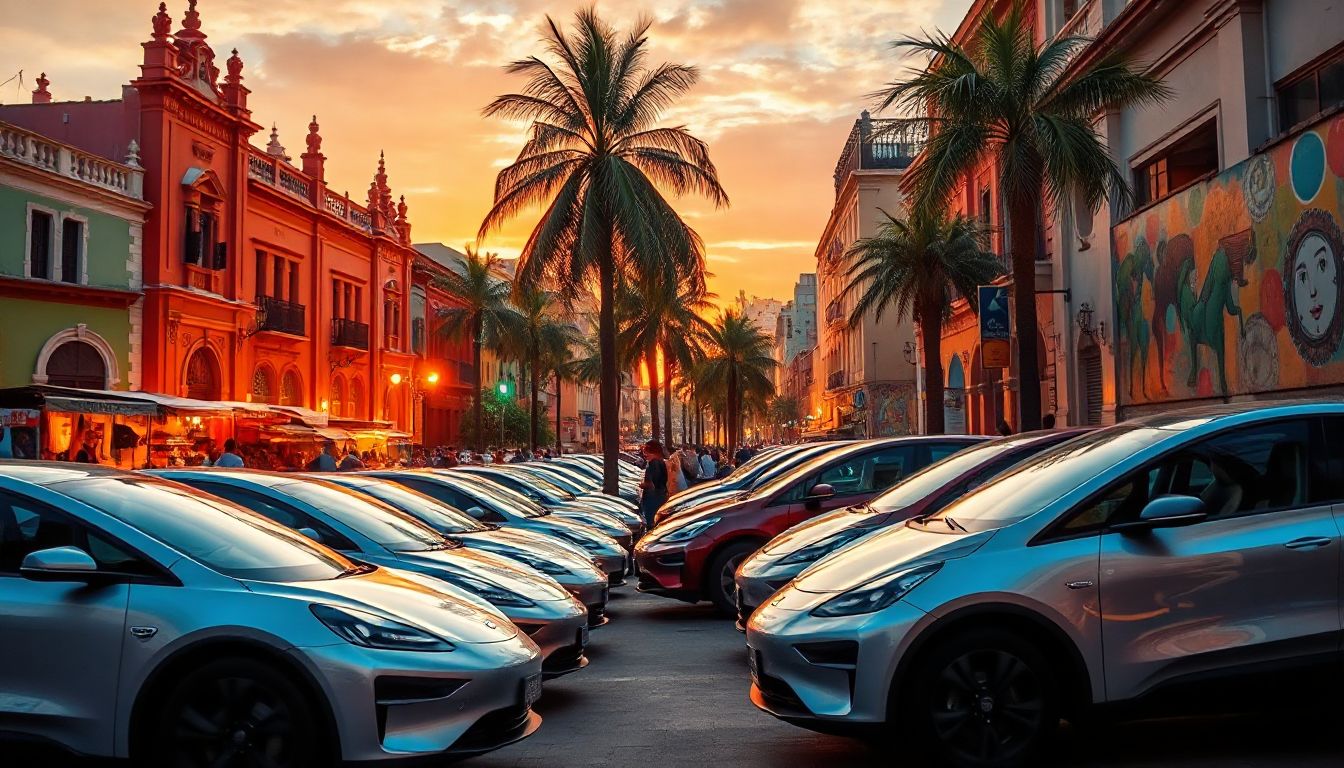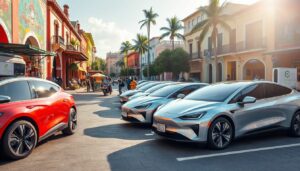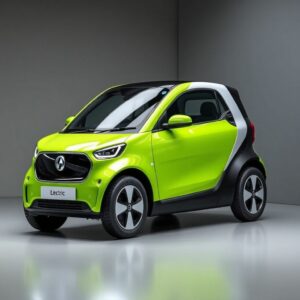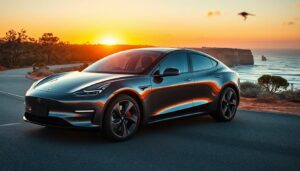Introduction
Electric vehicles are taking over the roads worldwide, and Mexico is no exception. As countries push for cleaner transportation, Mexico’s auto industry is shifting gears toward electric cars. More drivers are choosing EVs for their savings, eco-friendliness, and advanced features. With Mexico’s growing economy and environmental goals, understanding EV options, charging stations, policies, and market trends becomes essential. This guide dives into what’s happening with electric vehicles in Mexico, highlighting key facts and future outlooks.
The Growth of Electric Vehicles in Mexico
Market Overview and Trends
In recent years, electric vehicle sales in Mexico have risen sharply. Around 2023, EVs accounted for about 2% of all new car sales, with numbers expected to grow fast. Compared to traditional cars, EVs are becoming more popular due to lower running costs and eco-conscious choices. Experts see the shift as driven by rising fuel prices, stricter emissions rules, and improvements in EV tech.
Key Players and Models
Top brands offering EVs in Mexico include Nissan, Chevrolet, BMW, and Tesla. Nissan Leaf remains one of the most popular due to its affordability. Chevrolet offers models like the Bolt EV, favored for its range and price. Tesla’s Model 3 is gaining ground among luxury EV buyers. New models are launching regularly, promising faster charging and better batteries. Several upcoming releases aim to make EVs more accessible to Mexican consumers.
Consumer Demographics and Adoption Drivers
Early EV adopters in Mexico are often younger, environmentally conscious, or tech-savvy professionals. Price savings and government incentives motivate many to buy EVs. Environmental groups also see EVs as a way to reduce pollution. However, some potential buyers face hurdles like high upfront costs or lack of charging options outside urban centers.
EV Charging Infrastructure in Mexico
Current State of Charging Stations
Today, Mexico has over 1,500 public charging stations, mostly in Mexico City, Monterrey, and Guadalajara. These charging points are spreading into smaller cities but still need expansion. Major networks like Electromovilidad and ChargePoint operate many stations, making charging more accessible. Yet, rural areas still lack reliable charging infrastructure, making long trips more difficult.
Government Initiatives and Policies
Mexico’s government is pushing to install more charging stations across the country. Programs now support both public charging and home charger installations. Future plans include doubling the number of charging points within five years. These efforts aim to make EV ownership easier and encourage more drivers to switch.
Tips for EV Owners
For EV drivers in Mexico, it’s best to plan routes around available charging stations. Apps like PlugShare help locate nearby chargers and monitor availability in real-time. Home charging can be more cost-effective if you have a garage or dedicated parking. It’s wise to keep an eye on energy rates, as charging costs vary between public stations and home setups.
Government Incentives and Policies Supporting EV Adoption
Incentive Programs and Tax Benefits
Mexico offers several incentives to boost EV ownership. Some states provide discounts on vehicle taxes or registration fees. Federal programs include rebates for buying new EVs or installing home chargers. These perks reduce the overall cost and make EVs more attractive.
Regulatory Environment and Legislation
New policies set stricter emission standards, encouraging carmakers to produce cleaner vehicles. Regulations are also favoring local EV manufacturing to create jobs and develop the industry. Import tariffs are lowering on EVs, making them cheaper for Mexican consumers.
Impact of Policies on Market Growth
Government support is helping Mexico shift toward cleaner mobility. More EV options mean consumers have choices, and the network expansion creates confidence for longer trips. If policies continue to favor EVs, their market share could reach 10% or higher within a few years, transforming Mexico’s roads.
Challenges and Barriers to EV Adoption in Mexico
Economic and Infrastructure Challenges
High vehicle prices remain a barrier for many families. Building enough charging stations, especially outside big cities, is a slow process. Rural residents face longer waits for charging options, slowing adoption in those areas.
Consumer Awareness and Perception
Many Mexicans don’t know much about EVs or have misconceptions about their reliability. Some see electric cars as too expensive or worry about battery life. Cultural habits still favor familiar gas-powered vehicles, making change slow.
Policy and Industry Barriers
Inconsistent incentives and high import taxes can make EVs less affordable. Regulations sometimes complicate local manufacturing and import processes. Without stable policies, investors remain hesitant to expand EV infrastructure or produce more models locally.
The Future of EVs in Mexico
Market Projections and Growth Opportunities
The EV market in Mexico is expected to grow rapidly over the next decade. Industry analysts forecast EV sales could reach 10% of all new cars by 2030. This growth will likely include more local assembly plants, creating jobs and boosting the economy. Mexico might become a regional hub for EV production and innovation.
Emerging Technologies and Trends
Advances in battery technology will lead to longer range and faster charging options. Wireless charging and smart grid integration also bring new possibilities. These upgrades will make EVs even more practical for everyday use. As renewable energy expands, charging with clean electricity becomes a real possibility.
Recommendations for Stakeholders
Policymakers should keep supporting incentives and expand infrastructure. Manufacturers can focus on affordable models suited for Mexican drivers. Consumers should educate themselves about EVs and take advantage of available programs. Environmental groups and investors can look for opportunities to accelerate the shift toward greener mobility.
Conclusion
The future of electric vehicles in Mexico looks bright but requires effort. Expanding charging infrastructure, offering attractive incentives, and raising awareness are crucial steps. As policies improve and technology advances, EVs will become part of everyday life for more Mexicans. Everyone—from government officials to everyday drivers—has a role in making Mexico a cleaner, greener country. Now is the time to embrace electric mobility and join the movement towards a better future.




